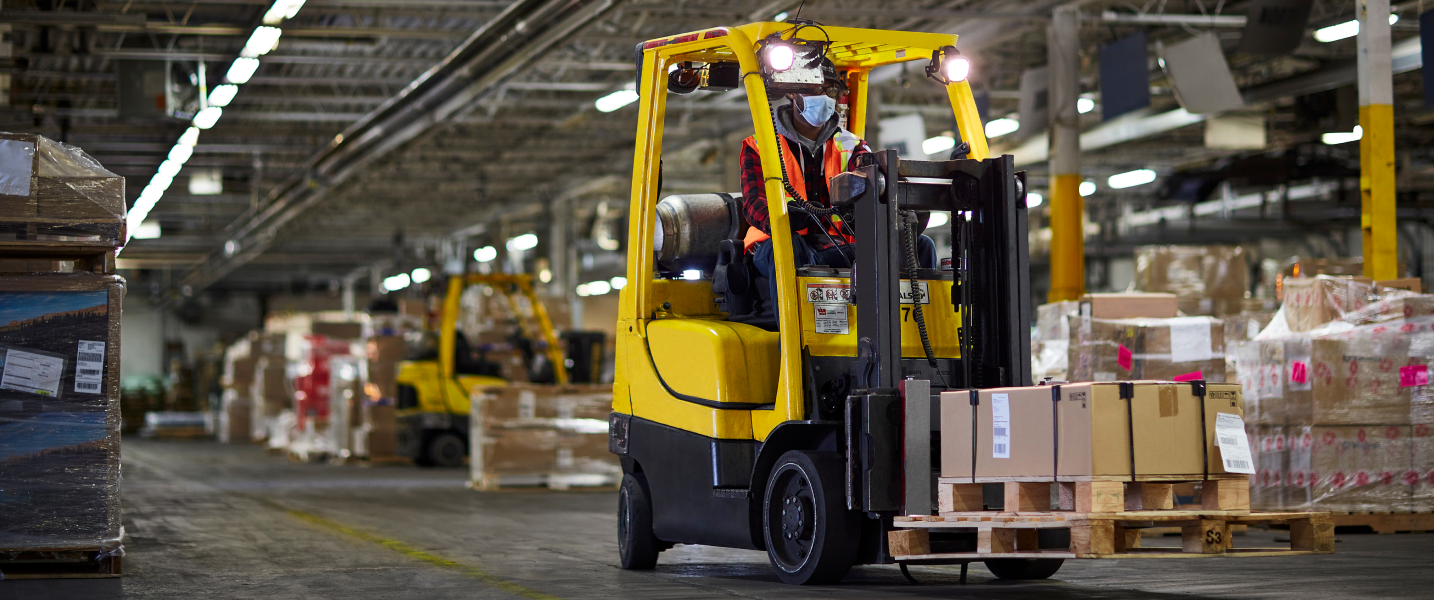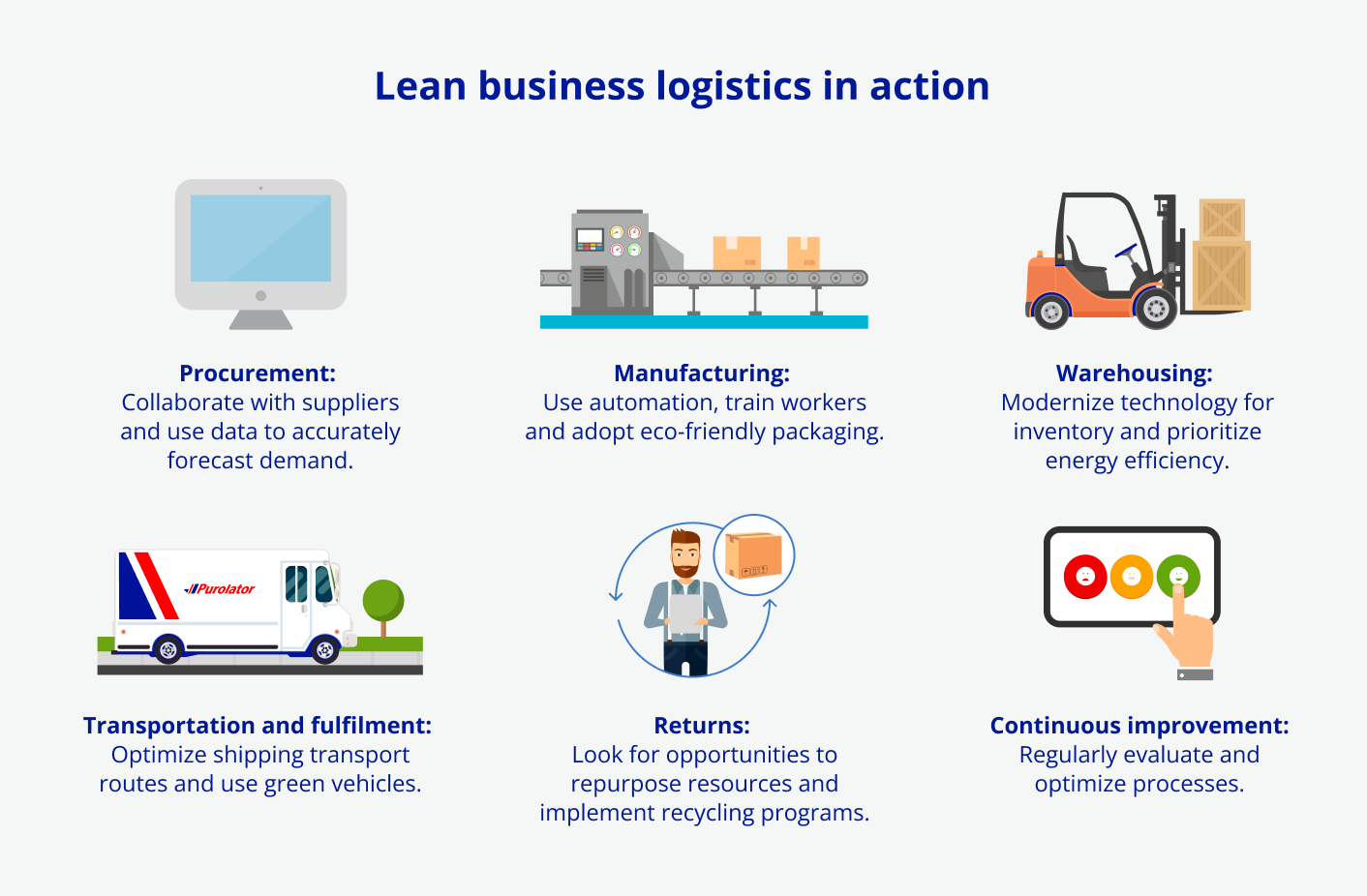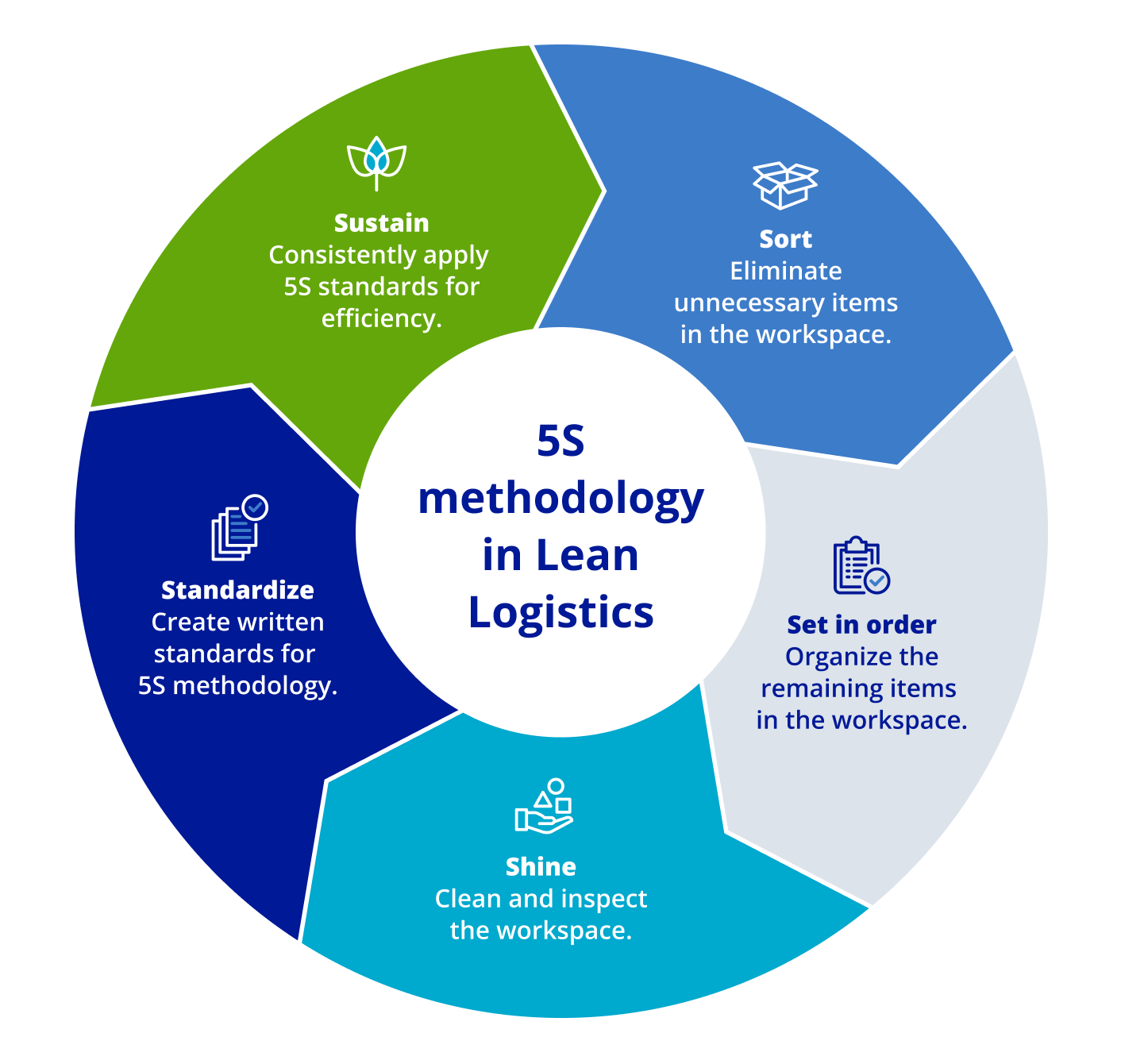José Rafael Hernández
Director of Continuous Improvement at Purolator Inc
José Rafael Hernández, brings over 10 years of expertise in Six Sigma, Lean Manufacturing and Project Management. A catalyst for operational excellence, his innovative strategies have optimized processes, reduced waste and driven transformative change. José’s collaborative leadership and commitment to innovation make him an integral force in Purolator’s growth and success.
Lean supply chain and logistics management: Doing more with less
With the increasing complexity of the global supply chain, many businesses are struggling to keep up with demand while also controlling costs and maintaining quality. It’s the persisting dilemma of business owners and supply chain managers. Fortunately, lean logistics offers a set of principles and concepts aimed at improving efficiency and reducing cost.
Today, companies apply a combination of modern technologies, including digital automation, sustainable practices, reverse logistics, demand forecasting, supply chain visibility, labour shortage strategies and inventory management. The result is greater output and lower costs—hard and true advantages of a lean logistics model in supply chain management. No business is perfect, but through continuous improvement, they can streamline their operations, reduce waste, enhance collaboration and stay ahead of the competition.
José Rafael Hernández, Director of Continuous Improvement at Purolator, shares his insights on what the future holds for supply chain professionals, including cost savings, waste reduction and sustainability in the face of a growing shipping market.
What you’ll learn:
- What is lean supply chain management and what could it look like?
- How consumer expectations have shifted
- How business-to-business (B2B) and business-to-consumer (B2C) companies can be more efficient
- The benefits of partnering with a single shipping provider
- Sustainability’s role in logistics
- Advice for suppliers and businesses around how to reduce waste
- Tips for packaging more efficiently
- How to prepare for the future
Understanding lean business logistics
Lean logistics is a production method aimed at reducing waste. It’s an adaptation of traditional lean supply chain practices such as just-in-time (J.I.T.) in manufacturing, focusing not only on matching supply to demand, but also on eliminating activities along the supply chain that don’t add value. Think of it as finding extreme logistics efficiencies.
Six Sigma is another related methodology that helps organizations improve the capabilities of their business by using statistical tools and concepts to reduce defects. The act of bringing together lean logistics and Six Sigma positions business to easily find efficiencies, minimize variability and reduce lead time.
The building blocks of a lean supply chain
A lean supply chain will look different for every business. Here are some common lean logistics practices that you can build into your business’s supply chain.
How do you think consumer expectations have shifted over the last few years and what does that mean for businesses?
The shopping landscape has changed in recent years. Consumers are focused on convenience and sustainability. They expect faster service, more sustainable shipping options and a seamless returns process. Because of its availability and convenience, e-commerce fulfilment has increased in the last few years and although people aren’t reliant on home deliveries the way they once were, e-commerce is still a huge industry. I predict it will grow again as the economy improves.
Additionally, when it comes to ordering and shipping, we have better technologies, better networks and the capacity to build in a way that satisfies consumer demands. Positioning your distribution centres for increased efficiency, integrating world-class automation features into sorting hubs and rethinking workspaces to be scalable are just a few ways you can increase demand during peak volumes and multiply your impact. A great example of this is Purolator’s new National Sorting Hub, which is strategically located with close access to four major highways.
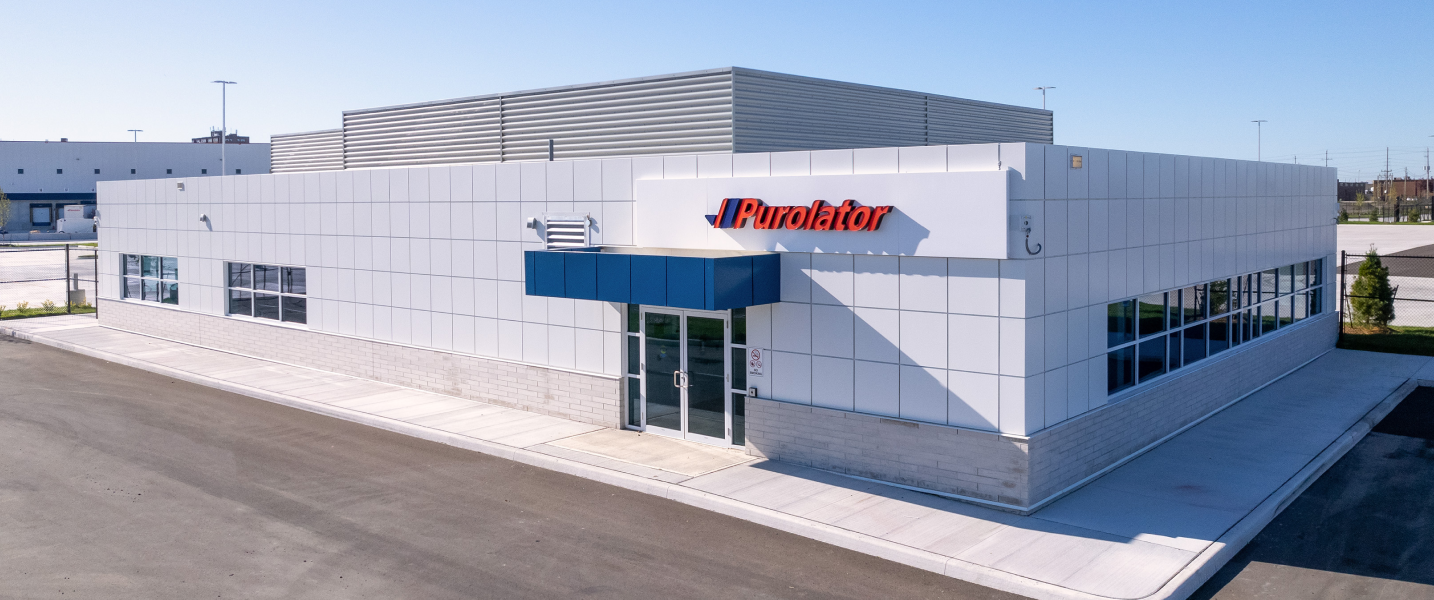
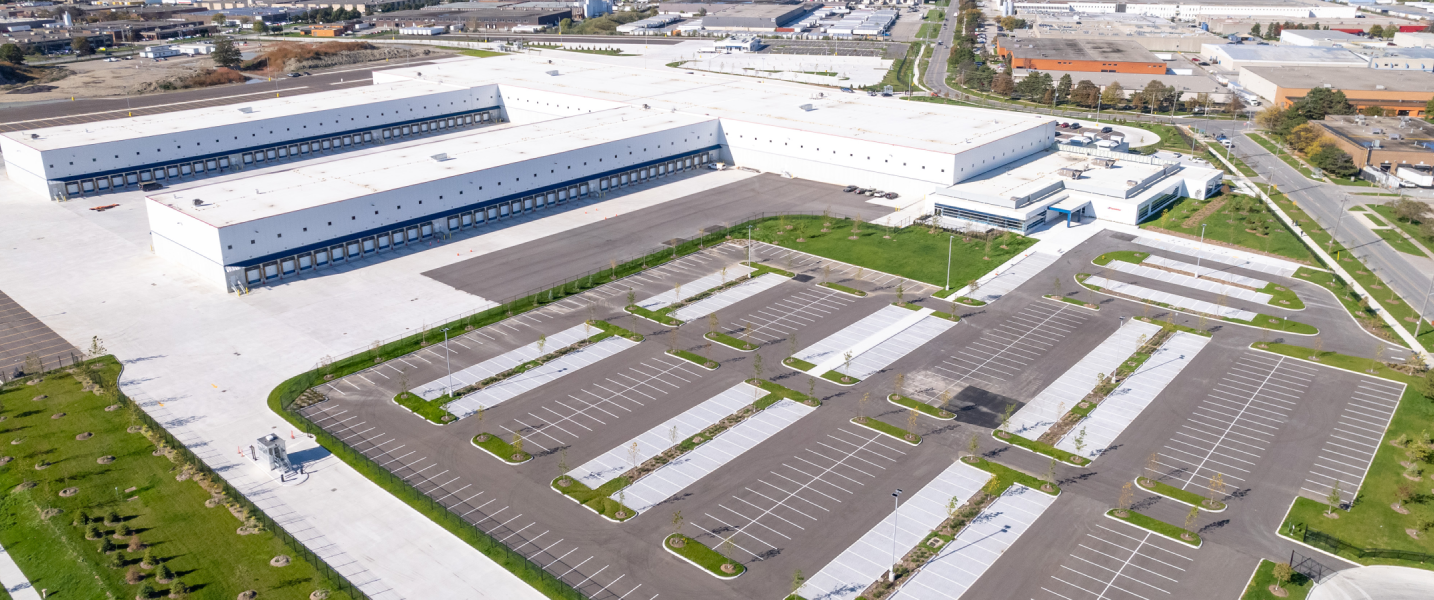
How can B2B and B2C companies do it all—save on shipping, remain sustainable in their operations and be more efficient overall?
There are many ways that companies can start eliminating waste across their supply chain, so many ways in fact, that it can be overwhelming to get started. One of the main approaches that falls under lean logistics is reducing lead time, which refers to the time from when an order is placed to the time a business fulfils the order. Some strategies to achieve this include improving forecasting accuracy to better anticipate demand, implementing just-in-time (J.I.T.) inventory management or offering faster shipping speeds like Express or Mission Critical services. By reducing lead times, companies can be more efficient, reduce costs, create less waste and improve customer satisfaction.
Another thing I’d suggest is for businesses to implement a system for inventory control. Inventory reduction is proven to reduce costs and shipping times, whereas a surplus of inventory can lead to higher costs and lead times. Additionally, a surplus can be wasteful, as it takes up space, costs more in storage and can increase your carbon footprint.
Consolidating trips and bulk shipping is another way to reduce waste and have a positive impact on a company’s carbon footprint.
Lastly, businesses should partner with suppliers and carriers to maximize efficiency and save costs. Partnering gives businesses flexibility and personalized treatment. It can help save money, improve inventory management with data analytics and increase shipping speeds.
What are the biggest benefits for businesses when partnering with a single shipping provider?
In many cases, it’s easier to use one shipping provider rather than multiple. On top of this benefit, you can also build closer relationships and systems with that partner that benefit your business in the long run. Plus, because partners can collect data, businesses can pull insights that help them determine the stock levels they need for fluctuating seasonal changes.
Partnering allows for a more customized experience with dedicated support that can understand individual business needs and provide solutions to satisfy those needs. They’ll be motivated to solve issues faster, which means fewer errors and more consistency.
Here’s an example in action. Legrand, a fast-growing electrical device manufacturer, was operating their warehouse near full capacity, and they were quickly running out of space. At first, they thought their only option was to relocate to a large location. Since Purolator knew the ins and outs of their business, we were able to propose a freight consolidation solution that would allow them to continue operations and save costs, without going through the growing pains and costly move of relocating.
Remember, and this is key, a business and shipping provider can grow together. As they grow, the provider will accommodate a business’ growth and could offer lower rates as volume increases.
How has sustainability played a role in shipping and logistics recently?
I honestly think that the drive to be sustainable is creating a new set of challenges. It’s forcing the logistics industry to look at and do things differently, but these challenges are positive. We’re realizing that we’re responsible for the changes in the environment and so we’ve moved towards looking for more green, eco-friendly solutions in the market such as electrifying delivery fleets or installing energy efficient heating, ventilation and air conditioning (HVAC) and lighting systems across networks.
Another technique is waste diversion. Product damage that occurs throughout the logistics chain can often be avoided. Packaging can play a large role in reducing unnecessary waste—think of easy packaging best practices like using the right-sized box to avoid “shipping air”, labeling fragile packages, avoiding moist transport environments that can damage boxes and products and safe driving.
Customers are asking for suppliers, vendors and businesses to make more sustainable, eco-friendly choices and this is shaping the industry and forcing businesses to rethink their processes. The goal? No wastage of resources while implementing lean logistics. This might mean businesses need to invest upfront, but these investments will help them reduce waste and will lead to reduced costs over the long term.
Do you have any advice for suppliers or businesses looking to reduce waste?
Implementing continuous improvement is key to reducing waste. Lean management in logistics and continuous improvement is all about making processes more efficient by reducing inefficient steps and processes. Businesses should first look at their overall process and find areas to reduce or eliminate inefficiencies. Examining your data and avoiding overproduction allows you to save storing expenses and avoid having products sit and wait in mid-production. As I mentioned, reducing inventory can help reduce waste, as more inventory generates more waste. During the processing stage, you can look to eliminate machinery or procedures that are more complex or costly than required. Next, reducing transportation waste by consolidating and maximizing the use of transportation will have an immediate impact on the environment by reducing carbon emissions. Companies can look at more economical and more eco-friendly transportation solutions such as rail, bike courier or electrical vehicles.
Freight consolidation is another common shipping practice to help businesses reduce unnecessary transport costs, shipping times and emissions. In simplified terms, it’s the act of combining several small shipments into one large shipment. Another term for this is less-than-truckload (LTL) shipping. Many businesses rely on truckload (TL) shipping where a whole truck is exclusively dedicated to your shipment—however, this can lead to a lot of wasted space. LTL shipping allows you to only pay for the space you need. It’s ideal for businesses shipping small amounts, often with multiple transactions from different buyers, and who have a little more flexibility in their shipping schedule.
Another path to lean implementation in logistics and continuous improvement is called the 5S methodology, which is used in lean logistics to improve workplace organization and efficiency. It stands for: “sort”, “set in order”, “shine”, “standardize” and “sustain”. The result is an uncluttered and more efficient workplace.
What advice do you have to help businesses process and transport orders more quickly?
Creating a partnership with suppliers and shippers helps businesses be more flexible and adaptable, which allows them to transport orders more quickly. Moreover, companies can look at their overall order fulfilment process and, as I mentioned above, find ways to reduce inefficiencies.
Another area to improve upon is the route optimization process. Finding optimal routes and eco-friendly, quick ways to deliver is key here. Purolator is using innovative ways to do this, such as our parcel lockers, kiosks, e-bikes for the final mile, mobile pick-up locations and more. We are continuously aiming to improve the last mile—it’s the touchpoint between a business and its consumer so it can have the biggest impact on a brand.
Checkout our recent guide on Mastering First and Middle-Mile Logistics.
Can you offer any tips on packaging items more efficiently?
Absolutely. The first area of packaging that businesses should address is sizing and weight. Finding smaller packages that are closer to the actual product size helps reduce shipping costs and ensures that you’re not paying for unnecessary cargo space. Leading packaging companies go a step further and design their packaging with the goals to minimize the amount of air around their products, use fewer materials and fit boxes optimally on shipping pallets. Following eco-friendly packaging best practices will help businesses save on shipping costs while reducing waste. Businesses should strive to use eco-friendly product materials that are recyclable or compostable, not just for the shipping boxes or bags, but the product packaging too. Lastly, businesses should think about the possibility of returns. By this token, they should use sturdy materials to extend the life cycle of their shipping materials.
How to Pack, Seal and Label a Shipment. Check out our packaging guide.
Looking ahead: Future trends in lean logistics
E-commerce is here to stay and the interconnectedness of our global market means more and more people will shop online. By leaning into José’s advice, businesses can start to decide which levers to pull to best adapt to shifting consumer expectations. If you don’t know where to begin, start here:
- Assess your capacity for growth. Small businesses can adapt by making investments in their infrastructure and scalability.
- Continue working on lean supply chain and logistics management by reducing inefficiencies and forming lasting partnerships with suppliers and shippers. When businesses partner, they can get better rates and solutions to support their needs and goals as they grow.
- Understand the importance of inventory management. There are inventory management tools to support businesses in data analytics and forecasting so you don’t risk overstocking.
These are just a few of the many solutions that you can consider as you move towards mastering lean logistics management for businesses and preparing for an expanding e-commerce market. However, this is just the beginning. In order to stay competitive in today’s global market, companies must also consider strategic sourcing options like nearshoring and offshoring. By streamlining processes and reducing waste, companies can decrease lead times, increase customer satisfaction and ultimately drive profitability.
